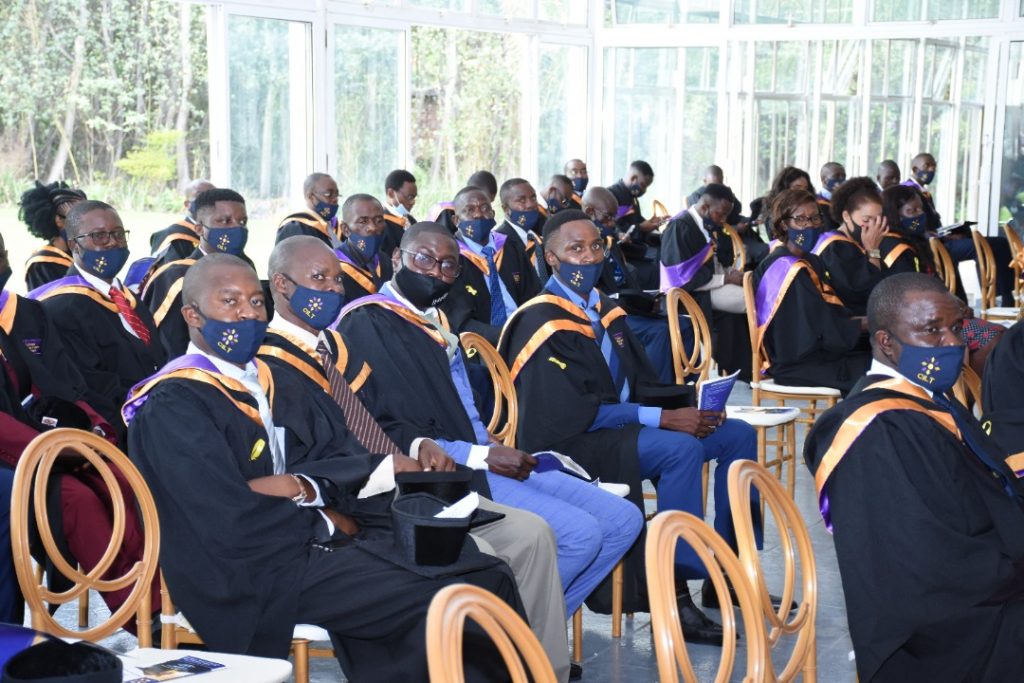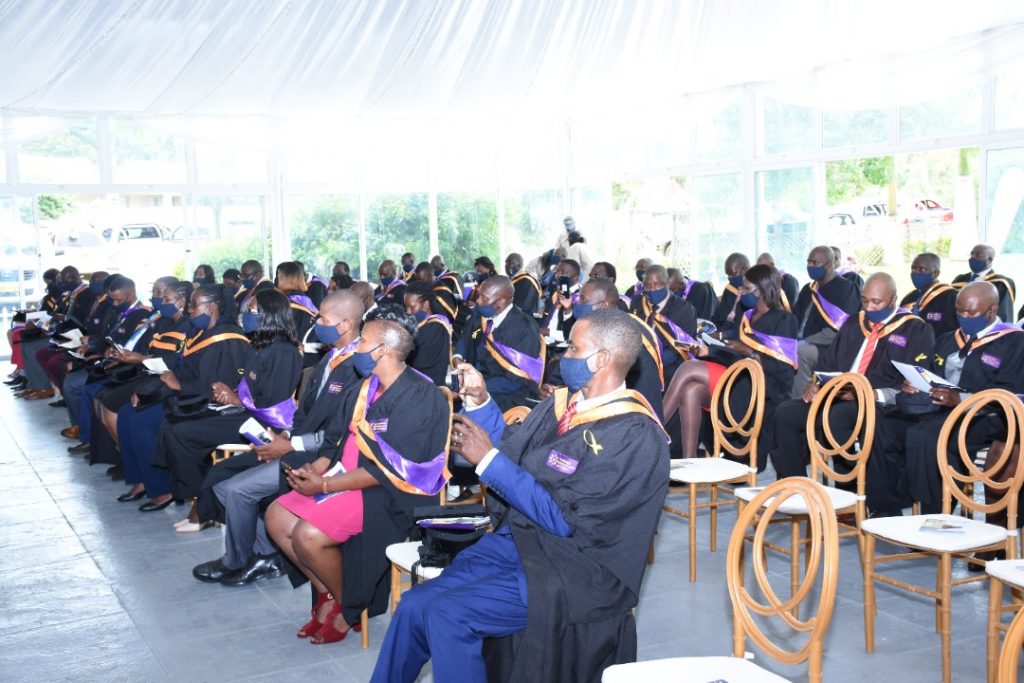Established 1919
CILT Zimbabwe represents and is a branch of CILT International in Zimbabwe.
As the heading suggests this, is not a comprehensive history of CILT activities in Zimbabwe but is a brief summary based on information contained in ‘The First Seventy Years – a History of the Chartered Institute of Transport 1919 – 1989’ by Sue Woolley and published by the Institute in 1992, various records held by the writer and personal recollections. Place names relevant to the period under review have been used throughout.
Membership of the Institute grew rapidly after its formation in 1919 and by 1926 had reached 2489 in all grades. This included over 500 overseas members in many parts of the world. The principle of decentralisation was established early as membership grew and spread. In November 1926 the South Africa Centre became the first overseas branch of the Institute and by 1931 it numbered both the Minister and Commissioner of Railways (South African Railways and Harbours) among its members.
A Rhodesian Sub- Centre was formed in July 1948 and 12 months later the Centre was reorganised as a Division to cover Southern Africa generally which in 1952 was defined as the Union of South Africa, South West Africa, Mozambique, Southern and Northern Rhodesia “and other African countries by mutual agreement”. At one time there was a Nyasaland Group, which separated from the Division in November 1963, being renamed the Malawi Group in September 1964.


At this point, it may be helpful to comment on the various titles such as Centre, Division etc. Centre appears to have meant a single organisation with responsibility for a given geographical area. In South Africa Sub-Centres were initially established in Johannesburg, Cape Town and Durban and later in Rhodesia – whether this covered both North and South is not clear. In the late 1940s the terminology changed and centres became known as Divisions and Sub – Centres as Sections. In the late 1970s, the concept of National Councils emerged in a number of countries. The difference between a National Council and a Division was that a National Council was self – administered and had the power to award Chartered Membership status whereas a Division did not. Prior to this change, all applications for Chartered Membership had to be referred to the UK. Further tensions developed in the 1980s caused by a lack of clarity between the responsibility of the London headquarters for international activities and those solely related to the UK. This led to the emergence of a truly international organisation albeit one with the majority of its members in the UK. Thus, we now have CILT International with a family of organisations in various countries. National Councils have been re-named Territories, Divisions have become Branches and Sections remain as before.
It is not clear how the original Rhodesian Sub – Centre was organised but it is known that the two Sections in Salisbury and Bulawayo were reorganised in April 1963. It is not clear if the two Sections existed separately before this date. What can be said is that the fundamental building blocks of CILT activity in this country – the two Sections – have been in existence for well over 50 years. Given the changes that have taken place in this period this can be regarded as an achievement in itself.


As already noted in section 4 the 1970s and 80s were a period of significant changes in the organisation of the CIT. The secession of the two Zimbabwean Sections presented a particular problem in that it was clear that they were not of sufficient size to justify the creation of a National Council. The concept of an Independent National Section (INS) was developed to solve this problem with considerable support from Thomas Beagle, a former president of CIT and subsequently the Honorary Secretary of the Institute and Chairman of the International Advisory Committee. The new arrangement was formally adopted on 1 October 1989.
Initially an informal liaison was maintained between the two Sections but it became clear that this should be formalised and that the INS should become formally designated as a Division. The two Sections and CIT Headquarters agreed a constitution and the Zimbabwe Division formally came into being on October 1 1994.
Following the merger of the Chartered Institute of Transport and the Institute of Logistics and Transport in 2001, the formal name of the institute became The Chartered Institute of Logistics and Transport and consequent name changes were made in Zimbabwe.
For many years, the two Sections received strong institutional support, which greatly assisted their management and administration. Rhodesia Railways/National Railways of Zimbabwe supported the Bulawayo Section whilst the United Transport/Unifreight Group supported Salisbury/Harare. This is not to say that the Bulawayo Section was a ‘railway’ section and Salisbury/Harare a ‘road’ section as both sections had members from across a broad spectrum of occupations.
In late 2004, the Harare Section entered into an arrangement with the Motor Trade Association for that organisation to take over the administration of the Section, which created an independent base for the Section, which was considered better suited to its changing circumstances. Unfortunately, by this time the economic situation in the country was becoming increasingly difficult with inflation rising to impossible (and incalculable) levels. Activity levels in both Sections dropped to the point where they both existed in name only.

The Harare Section was certainly dormant from mid-2008 onwards but the situation had improved sufficiently for a meeting to be held on 4 December 2010 at which members agreed that the Section should be resuscitated. A committee of volunteers was formed and activity was resumed.
It was not possible to continue with the arrangement with the Motor Trade Association but the Safari Operators’ Association had spare capacity and was therefore engaged to take over the administration. Education programmes and examinations were re-started.
With the economy picking up the Safari Operators’ Association found that it needed all of its capacity for its own work and could not provide services to CILT any longer. The administrative base was moved to 21 Glenara Avenue, Eastlea in early 2013 where it has remained ever since.


